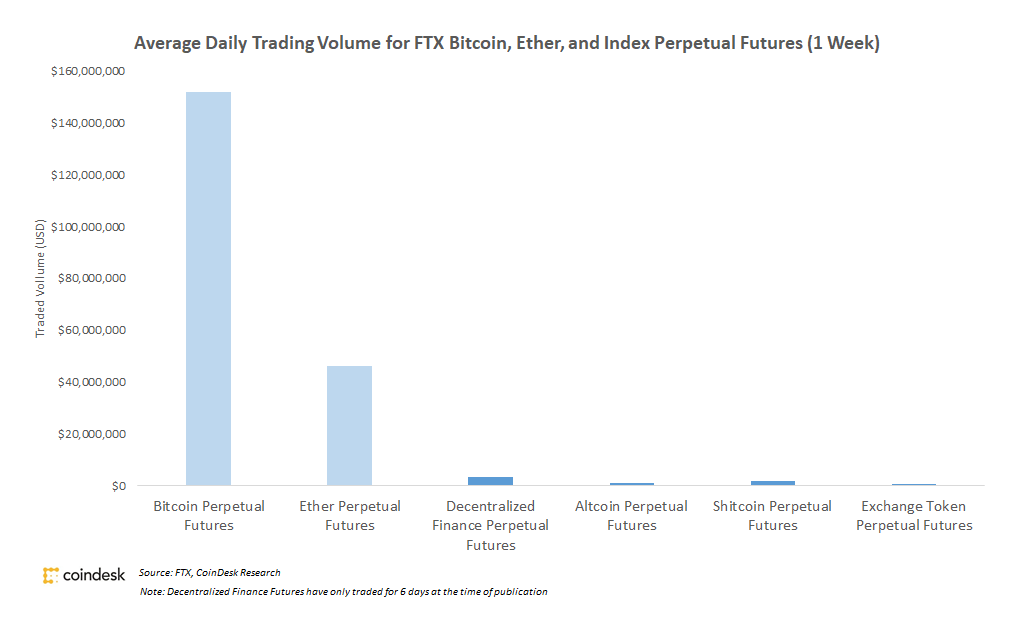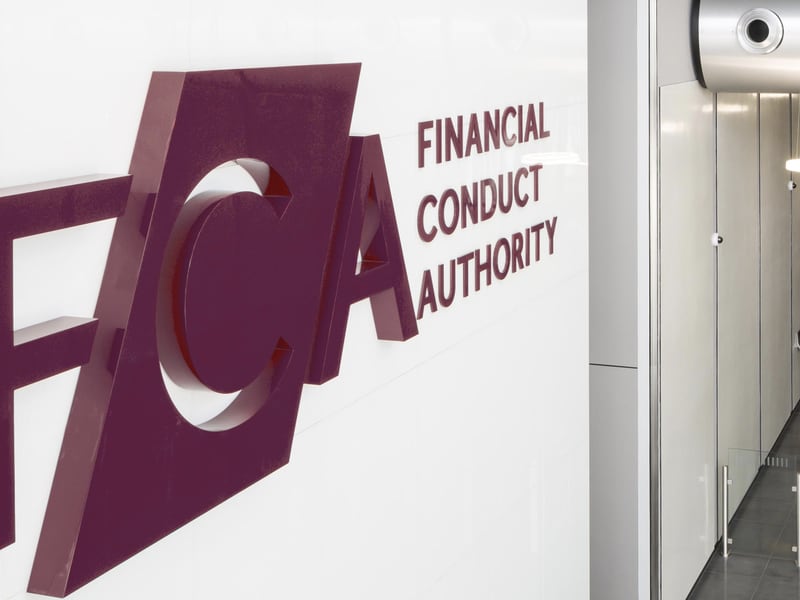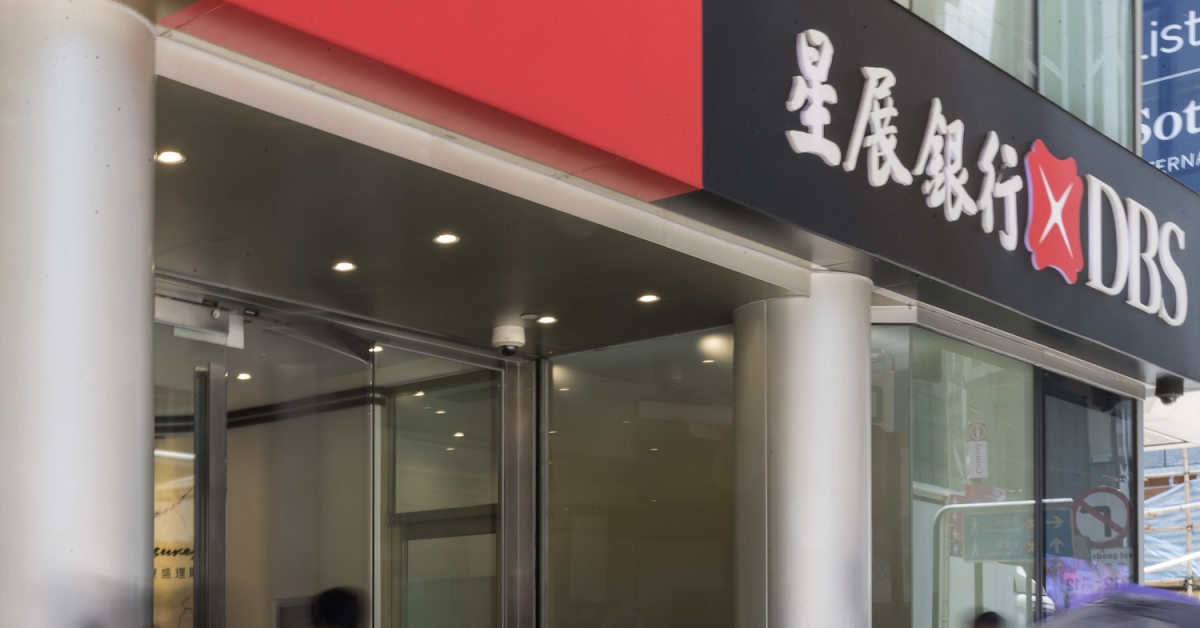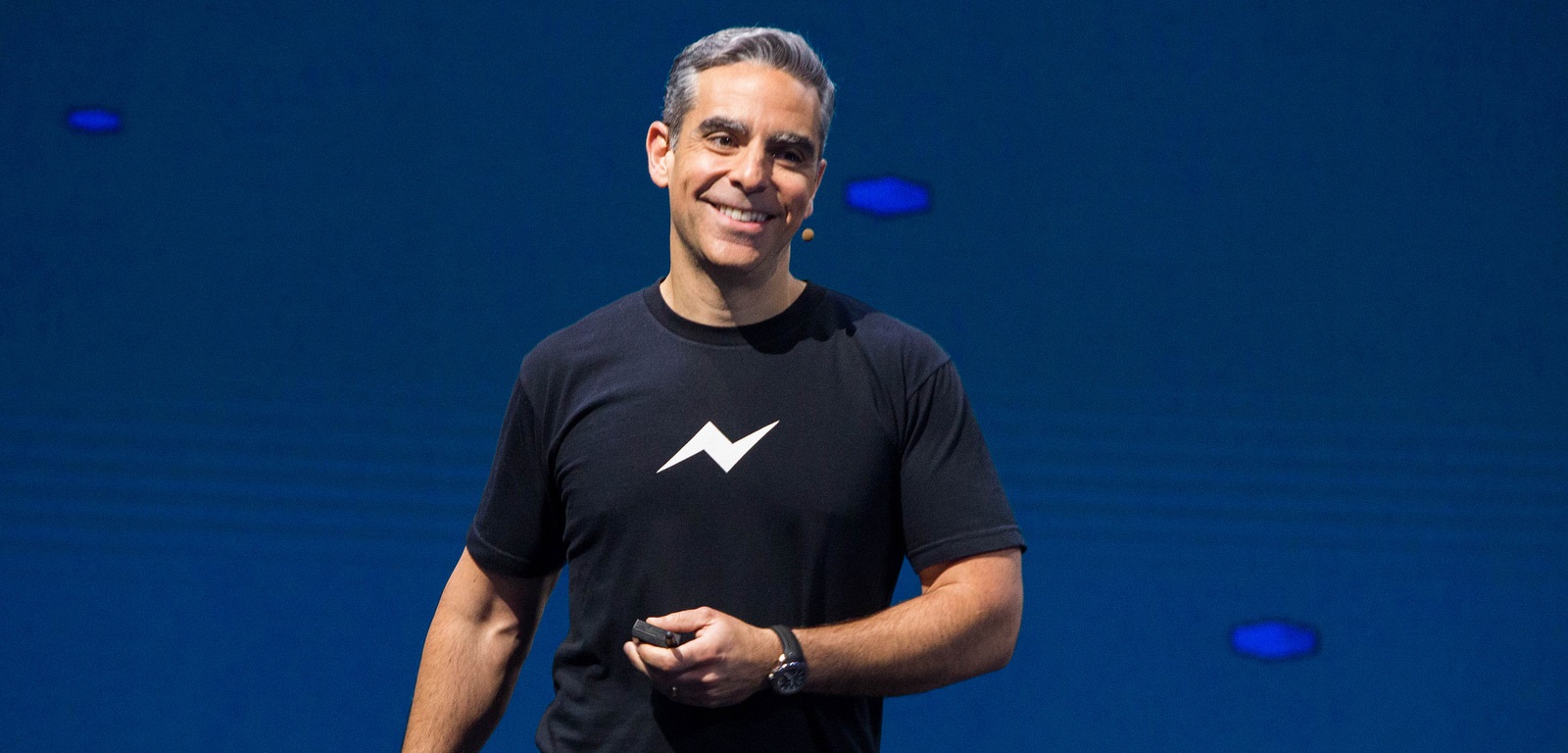It’s Not Time to Write Libra’s Crypto Obituary Just Yet

To paraphrase Mark Twain, rumors of the nation-state’s demise are greatly exaggerated.
The exits of Mastercard, Visa, Paypal and four other firms from the Libra consortium came after France and Germany moved to block the global “stablecoin” cryptocurrency project and after U.S. lawmakers delivered stern warnings to Libra members. This was more than a major setback for Libra founder Facebook; it was also a reminder that government power remains unrivaled. Ten years into the bitcoin revolution, it remains extremely difficult to challenge the state’s monopoly over money.
Yet Libra obituaries are way too premature. The Libra Association still got 21 of its original 28 member entities to sign onto the currency-management consortium in Geneva last week. And even if Libra doesn’t survive, other, less controversial players than Facebook are hatching their own stablecoin plans. If those fail, well, we’ll always have bitcoin.
That said, regulatory resistance is formidable. Last week, both the Financial Action Task Force and the Bank of International Settlements, pronounced that stablecoins such as Libra pose a major threat to anti-money laundering (AML) efforts, financial stability and monetary competition. Meanwhile, some experts, including former Commodities and Futures Trading Commission chief Gary Gensler, have argued that Libra should be regulated as a security.
But none of that means stablecoins aren’t destined for big things. The technology’s ongoing momentum, coupled with geopolitical and global economic imperatives, suggests governments will ultimately have to embrace them or compete with them. As Federal Reserve Bank of Dallas President Rob Kaplan said last week, sooner or later “somebody’s going to figure out how to do this.”
Libra has been a vital driver of that momentum, having spurred international debate on the topic and galvanized developer and business interest in tokenized money. In turn, it owes a debt of gratitude to bitcoin, the first cryptocurrency, which offers an altogether entirely independent alternative to fiat currencies. Without bitcoin’s success, none of this would be happening.
It’s just that when it specifically comes to stablecoins, whatever mainstream solution emerges from this chaotic early phase will require direct coordination with governments. (I’m talking more of reserve-based stablecoins, whether basket-pegged cryptocurrencies like Libra or one-on-one offerings like USDC or Gemini dollar, not of smart contract-based, collateralized tokens like Dai.) Libra and its imitators will need to hold lengthy sit-downs with regulators, compromise on some elements of their design, and help the agencies get comfortable with those parts they can’t change.
The way forward
First, all is definitely not lost for Libra.
The Libra Association has the blessing of Switzerland’s Financial Market Supervisory Authority (FINMA), giving it a respected, regulated home base from which to develop the project. From herein, it will be deeply focused on regulatory compliance. While the association’s resources and lobbying clout would have been greater with Mastercard and Visa onboard, its pockets are deep enough to fund ongoing, constructive negotiations with authorities in different countries.
Even if Libra has to be rolled out piecemeal, with some countries’ citizens gaining access and others not, increasingly sophisticated geofencing techniques should prevent those in less friendly jurisdictions from getting their hands on it. If it lowers cross-border transaction costs in those places and enables new forms of smart contract-based commerce, and if it introduces new digital identity models to cheaply but securely include poorer people in finance, pressure will rise on the other countries to ease restrictions.
Libra has some powerful advocates. One is Terry Gou, owner of electronics giant Foxconn, which has business relationships with tens of thousands of manufacturers worldwide. The one-time Taiwanese presidential candidate recently called on his country to accept Libra, arguing that it could be a bridge to China’s forthcoming digital currency.
Although some developing countries, such as India, are hostile to Libra and other cryptocurrencies, others are aggressively pursuing them as solutions to their citizens’ financial challenges. These include Caribbean countries, which suffer from costly cross-border transactions and “de-risking” by foreign banks for whom tighter U.S. compliance requirements have led them to curtail correspondent banking relationships with institutions in such countries.
Bermuda recently said it will accept tax payments in the stablecoin USDC. And the Eastern Caribbean Central Bank, which handles monetary policy for nine countries, is experimenting with a blockchain-based central bank digital currency.
The Caribbean is a much smaller fish than India, of course. But it punches way above its weight financially. Over the years the region’s island nations have used tax breaks and other carrots to attract the world’s biggest banks, insurance firms, mutual funds and hedge funds, which now collectively manage almost a $1 trillion in financial assets there. Also, its smaller population makes an ideal testing ground.
Moreover, Libra may find support in the U.K., whose all-important banking industry sees fintech development as key to its post-Brexit survival. When Governor Mark Carney said in June that the Bank of England planned to grant liquidity access to tech companies – a break with the tradition of bank-centric monetary management – it was Libra, which had only just gone public with its plan, that he had in mind.
The race to innovate
If London strides ahead with stablecoin innovation, where does that leave other financial centers such as New York and Hong Kong? Many U.S. officials worry that financial innovators could abandon U.S. shores if Washington’s stance is too hardline.
Last week, Senator Mike Rounds (R-S.D.) wrote a supportive letter to Libra members in which he described the threatening missives that Senators Brian Schatz (D-Hawaii) and Sherrod Brown (D-Ohio) sent to Mastercard, Visa and Stripe as “ominous” and warned of regulatory over-reach putting “a chill on innovation” in the U.S.
Meanwhile, geopolitical tensions and economic uncertainty will eventually pressure governments to seek alternatives to their current approach to money. China is developing its own digital fiat currency, which could give its economy trade advantages and reduce its dependence on dollars.
Another challenge: as the global economy weakens, the burden of trillions of dollars in private and public debt will pose a troubling threat to Western economies, raising fears of a rush into dollars and a countervailing collapse in competing currencies. Speaking on the Hidden Forces podcast, famed investment strategist Raoul Pal argued that a de-nationalized digital basket-based currency such as Libra might enable countries to avoid the harm of a currency war and continue trading with each other as they negotiate debt write-downs with their creditors.
Libra successors?
Whether the answer lies in the basket-based solution, in one-on-one fiat currency-pegged tokens, or with direct central bank-issued digital currencies, Facebook and its fellow Libra members are far from the only major companies looking to cash in on the promise of stablecoins. Freed of Facebook’s reputational baggage, these companies are betting that they’re in a stronger position to negotiate with government authorities.
One weighty player exploring a Libra-like project is retailing giant Walmart, the biggest employer in the U.S. and, like Foxconn, the central entity in a giant global supply chain. As for Mastercard, do not read its departure from Libra as a departure from cryptocurrency and blockchain development. Having recently expanded its hiring of blockchain experts, the card and payments network provider could be positioning itself as an important player in the nascent stablecoin industry – one with tight relationships with government figures around the world.
“It’s not that we don’t think Libra has long-term value, or no longer has merit,” said Vice President of Digital Solutions Jorn Lambert when I asked him to explain the 11th-hour departure from Libra. “It’s that they were asking original founding members to become formal members inside a legal entity, at a time when the regulatory framework is very uncertain. We don’t actually understand entirely the implications of membership. We want to wait for regulators to have clarified that framework before we take on this liability.”
Lambert said that Mastercard’s future steps will be shaped around a “public-private partnership.” He even envisaged a scenario in which central banks would mint and burn outgoing and incoming tokens while private firms with retail customer experience like Mastercard would handle distribution and customer protections.
The very idea of a partnership with government will have a certain class of cryptocurrency advocates retching. But the good news for them is that this is not a zero-sum game. The creation of fiat-backed digital currencies will, I believe, elevate bitcoin’s status beyond that of gold as the key uncorrelated safe haven for avoiding political risk.
It’s just that until native cryptocurrencies achieve their own internal stability, scalability and widespread adoption, an instantly scalable currency with a stable value is needed if the mainstream economy is to embrace programmable money. The lesson from Libra is that it also has to be government-friendly.
EU Flag and Libra image via Shutterstock










